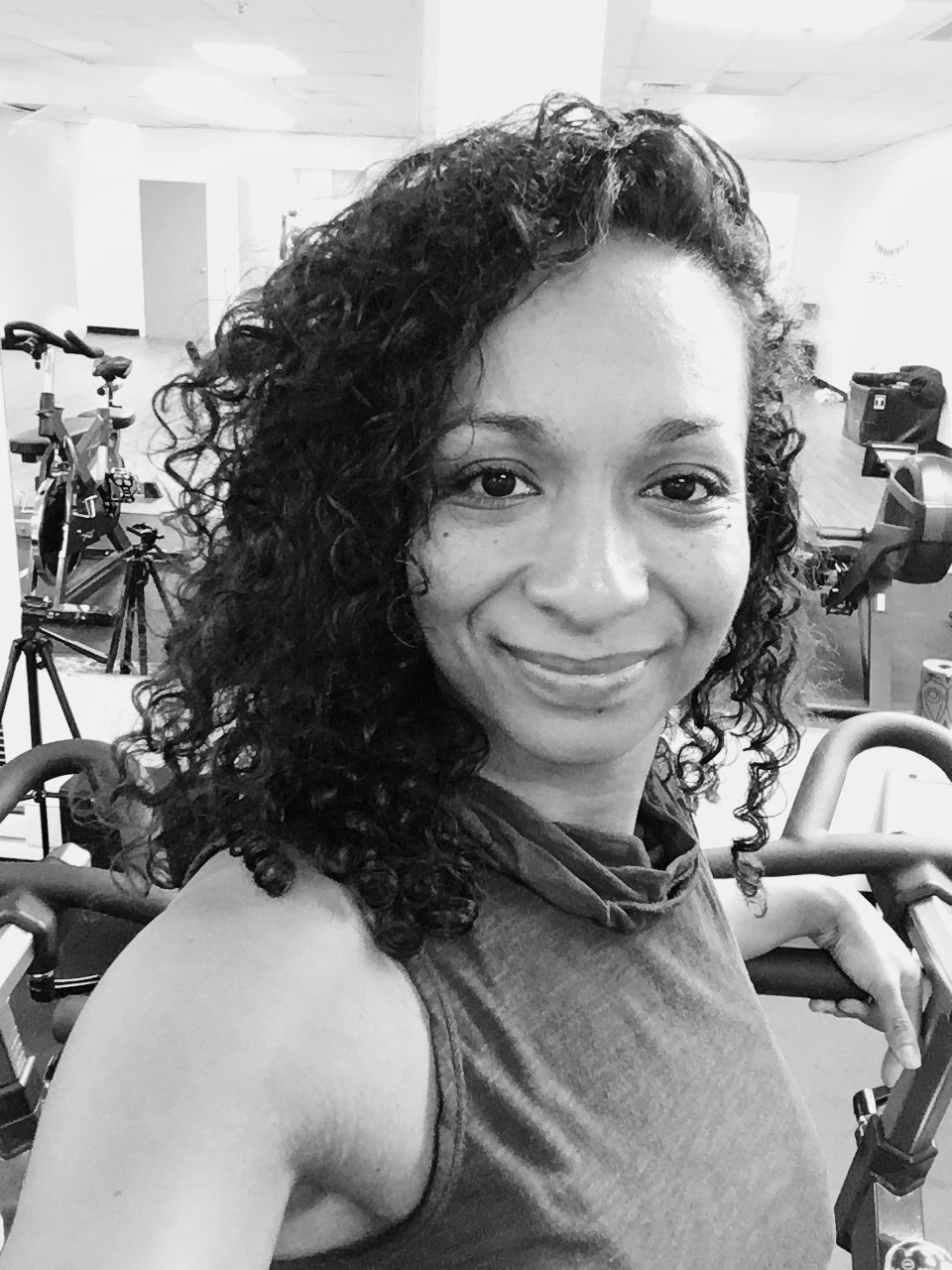No time to exercise? Here's how HIIT workouts can help.
- Christina Rios

- Nov 5, 2017
- 3 min read

Perceived lack of time is one of the most common personal barriers to exercise participation. It doesn't surprise me that bodyweight training and HIIT (High Intensity Interval Training) were the second and third Top Fitness Trends for 2016! Pure HIIT workouts are generally short and involve around 10-12 minute of aerobic, high intensity exercise with 1-4 minutes of low intensity recovery in between each interval, resulting in work to rest ratios of 1:1, or 1:4. Tabata is a similar model of training that I use and that has been shown to save time and provide similar aerobic fitness and health benefits of those of traditional, steady state training and sometimes superior benefits!
SOMETIMES LESS IS MORE!
The Center for Disease Control and Prevention recommends 150 minutes of moderate or 75 minutes of vigorous aerobic activity each week along with full-body strengthening activities 2 or more days a week to achieve ultimate health benefits. Unfortunately 60% of the adult population fails to participate in these physical activity levels. And I 'm sure you are looking at these numbers and thinking how in a world am I going to fit all these workouts in one week?
That's what makes HIIT workouts so compelling. Many studies show that Low volume, High Intensity Interval Training appears to be an efficient and practical way to develop cardiovascular fitness, boost your memory, and your motivation to exercise in half the time of traditional steady-state exercise. Generally HIIT workouts are completed at or above 80% of your maximal heart rate or even above 90-95% HR max.
Martin Gibala, an exercise researcher at MacMaster University in Ontario conducted a study where 14 sedentary participants warmed up for 2 minutes on a stationary bike then pedaled as hard as possible three 20-second spurts, followed by two more minutes of slow pedaling. After the last 20 second interval, they pedaled slowly for 3 minutes, adding up to 10 minutes total.
After 6 weeks, the men's and women's health and fitness levels were measured again, and Gibala and his team discovered that they had improved their endurance by about 12%, had lowered their blood pressure and showed improved muscle activity.
MEET YOUR WEEKLY GOALS WITH HIIT!
Of course you should aim to meet those public health recommendations; I believe interval training offers another option you should definitely consider. It is an ideal way to get health -benefiting exercise in a short amount of time ( 2 X 35 minutes, or 3 X 25 minutes, or 5 X 15 minute HIIT workouts each week) and while it may not be recommended for people with serious heart conditions, this method of training can be tailored to almost every fitness level. Not to suggest that interval training is easy, of course not, but from the benefits that derive from it, it will make you more motivated to continue and as you get stronger you'll find it more enjoyable.
Here are some HIIT workout ideas you can use:
Something as simple as walking can be turned into an interval workout by changing up the pace throughout your course.
You can jump rope for 20 seconds, then rest for 10 seconds, repeat for a total of 10 minutes.
Alternate between bouts of 20 second sprints and slow pedaling on the bike
Try a high intensity cardio resistance training workout such as Tabata. Where you perform an exercise such as burpees for 20 seconds, then rest for 10 second, and repeat for a total of 4 minutes. Then continue with a squat press with dumbbells for 20 seconds followed by 10 seconds of rest, and repeat for another 4 minutes.
If you enjoy continuous exercise and hate the discomfort that goes along with interval training, even though it might be an effective and practical way develop physical fitness, you're better off staying with your current program. The truth is you should do what you enjoy most because you will be more likely to stick with it. I enjoy the idea of conquering something that is at first difficult, pushes me out of my comfort zone, and then see progress in how strong I feel because the stronger I get, the more motivated I am to continue:)
XOXO,
Christina.
References:
https://www.ncbi.nlm.nih.gov/pmc/articles/PMC5566168/
https://www.health.harvard.edu/press_releases/interval-training-helps-build-cardiovascular-fitness-with-shorter-workouts
Sifferlin, Alexandra. "How to exercise when you have no time." The science of exercise, Special Time Edition. 28 Jul. 2017 p. 82
























Comments